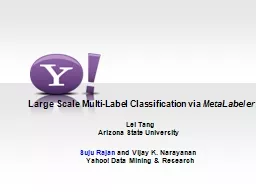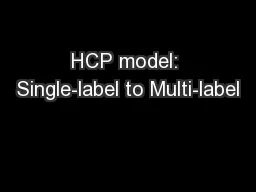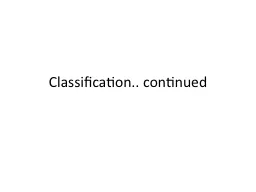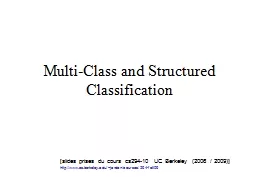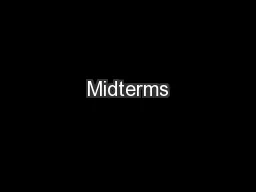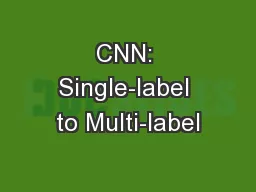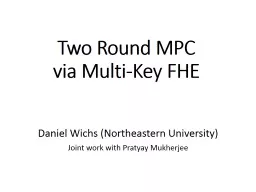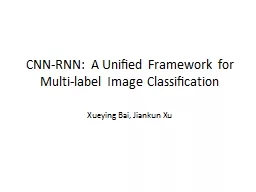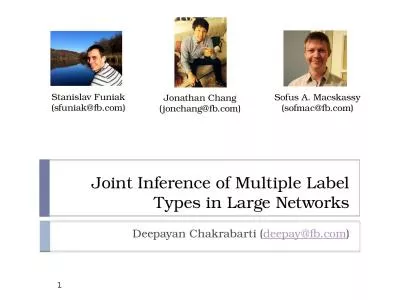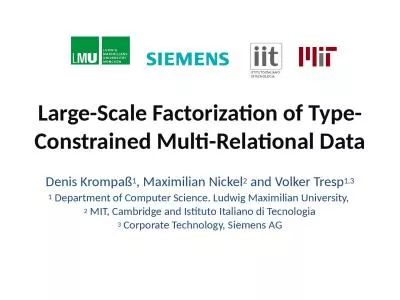PPT-Large Scale Multi-Label Classification via
Author : funname | Published Date : 2020-10-06
MetaLabeler Lei Tang Arizona State University Suju Rajan and Vijay K Narayanan Yahoo Data Mining amp Research Large Scale MultiLabel Classification Huge number
Presentation Embed Code
Download Presentation
Download Presentation The PPT/PDF document "Large Scale Multi-Label Classification v..." is the property of its rightful owner. Permission is granted to download and print the materials on this website for personal, non-commercial use only, and to display it on your personal computer provided you do not modify the materials and that you retain all copyright notices contained in the materials. By downloading content from our website, you accept the terms of this agreement.
Large Scale Multi-Label Classification via: Transcript
Download Rules Of Document
"Large Scale Multi-Label Classification via"The content belongs to its owner. You may download and print it for personal use, without modification, and keep all copyright notices. By downloading, you agree to these terms.
Related Documents

